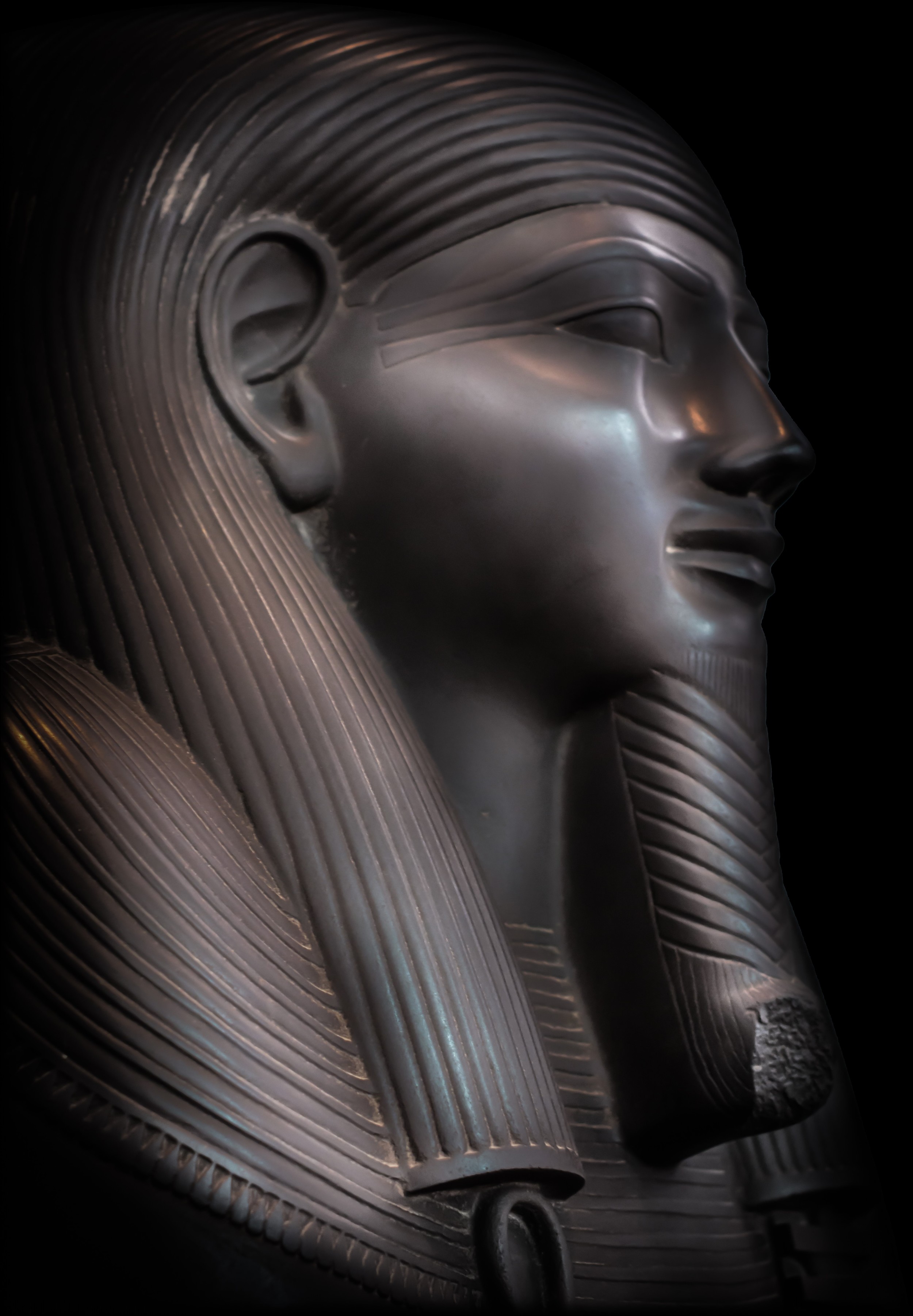630 B.C. The Old Kingdom was back, but with a Saite twist.
In the 7th century B.C., Egypt's ruling elite looked back in history for inspiration in art, culture and literature. They went back a long way: 2000 years to their historical Old Kingdom, (as far back as the Roman Empire is to us today; imagine a renaissance in togas!).
This was a turbulent time in Egypt’s history, with Psamtek I kept busy in reclaiming territory previously controlled by the Nubian kings and then freeing Egypt from the control of the Assyrians. Eventually, Egypt was again unified under one king and the Saite period began, named after Sais, the Delta city from where Psamtek’s family came.
The Saite kings styled themselves after Egypt's first golden era, the Old Kingdom. Depictions of royalty returned to "classic" Old Kingdom proportions, and Pyramid Texts suddenly appeared on Saite coffins and in tombs, copied directly from the Old Kingdom pyramids themselves.
It may be that the Saite rulers were keen to mark themselves as the true inheritors of Egypt's great tradition after the recent humiliation of the Assyrian conquest.
In 630 B.C. Sasobek was the highest-ranking official in Egypt. He served as vizier (Prime Minister) for the northern part of Egypt in the reign of Psamtek I.
Sasobek’s sarcophagus lid is typical of the Saite period, with long, almond-shaped eyes, straight brows above, long smooth cheeks, a long straight nose and a softly smiling mouth. The sculpting on the lid represents artistry of the highest magnitude, and it would come as no surprise if we were to discover that craftsmen from the royal workshops were involved in its creation.
Sasobek’s sarcophagus now resides in the British Museum, London (EA17). This amazing photo is by Leslie D. Black
Want to know more about ancient Egypt? Subscribe today and get Nile Magazine delivered to your inbox.
To find out more, click on the cover of the latest issue to the right of this article.
